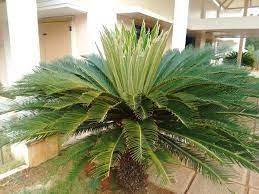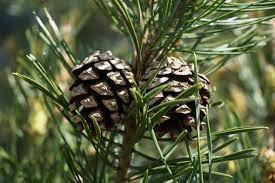Akanksha Soni, Academic Content Writer at Edumarz
Gymnosperms:-
- Gymnosperms plants have naked seeds.
- Gymnosperms plants do not have flowers, so the ovules are not surrounded by any ovary wall and remain open, both before and after fertilization.
- Gymnosperms plants include medium-sized trees, and tall trees and shrubs but they also have the giant redwood tree, Sequoia being one of the tallest trees.
- In some species, the roots have a fungal association in the form of mycorrhiza (Pinus), while in some others (Cycas) small specialized roots called coralloid roots are associated with N2- fixing cyanobacteria.
- The stems of gymnosperms plants are branched (Pinus & Cedrus) or unbranched (Cycas).
- The leaves of gymnosperms plants can be simple or compound. These leaves are well-adapted to withstand extremes of temperatures, humidity, and wind.
Reproduction of gymnosperms:-
- The strobilus or cone is the reproductive structure of gymnosperms.
- Gymnosperms are heterosporous, with haploid microspores and megaspores produced.
- Within the sporangia, there are two types of spores produced on sporophylls that are spirally arranged along an axis to form lax or compact strobili or cones.
- Male Cone:- The male cone or male strobili contain microsporophylls, which contain the microsporangia that produce the haploid microspores. These microspores develop into male gametes called pollen grains. These are a limited number of cells.
- Female cone:– The female cone or female strobili contain megasporophylls which contain megasporangium. Thus haploid megaspores and megaspores mother cells are formed. The megaspores mother cell undergoes meiosis and produces four megaspores. One of these megaspores develops into a multicellular female gametophyte. In addition, the female gametophyte has two or more archegonia, which are female sex organs.
- Fertilization:– When the pollen grains are released from the microsporangium, they are dispersed through the wind and reach the female cone. The pollen grain develops a pollen tube, which moves towards the archegonium. Male gametes are discharged near the archegonium’s mouth. Male and female gametes fusion occurs. After fertilization, a zygote develops into an embryo and the ovule forms the seed.
Examples of gymnosperms:- Cycas, Pinus, and Cedrus.

Cycas

Cedrus


